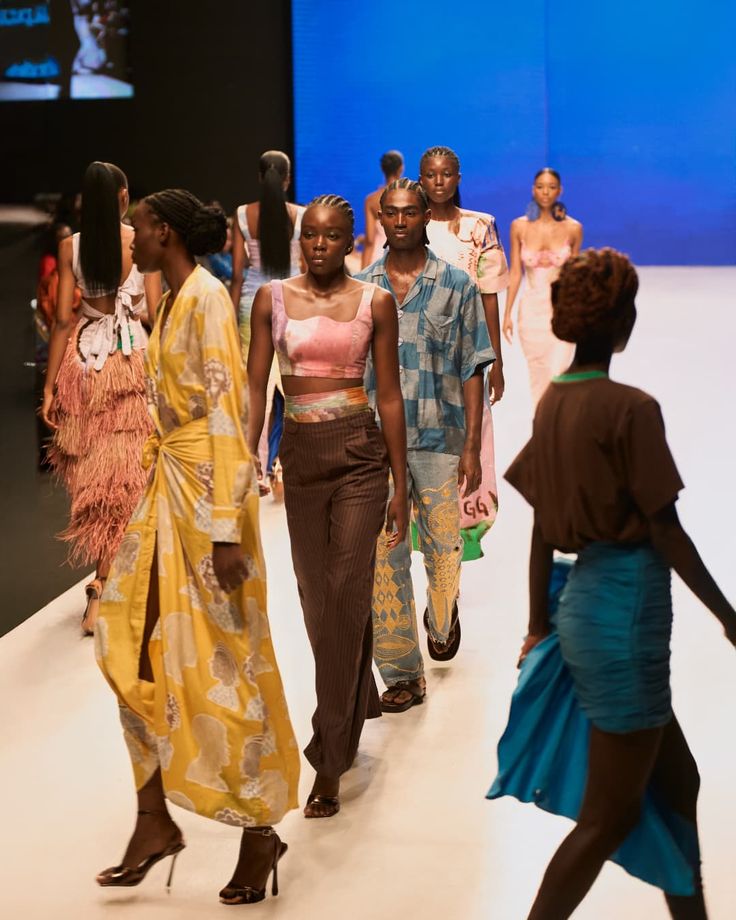In Lagos, fashion is not just about clothes, it’s about status, identity, and the silent conversations that happen in fabric, cut, and detail. What begins on runways in Paris or Milan often ends up reimagined in the busy streets of Lagos, stitched into something uniquely ours. Styles don’t stay where they start; they travel, morph, and take on new life once they hit the Nigerian fashion scene. Take the corset, for example. Once the preserve of high-end couture houses and red-carpet looks, it found its way into owambe halls, redesigned in Ankara and lace, paired with gele and sequins. What began as a luxury silhouette reinterpreted by stylists and tailors became a staple for bridesmaids and celebrants. The streets of Lagos took the idea, reworked it, and made it their own. This is Lagos fashion, a city where styles don’t stay in one place for long.
International luxury labels set the stage with dramatic runways and bold campaigns, but Lagos responds with its own rhythm. A dress seen on a Hollywood star might reappear weeks later, reconstructed by local tailors with a distinctly Nigerian flair. For some, it’s a way to own a piece of global luxury at a fraction of the price; for others, it’s proof that fashion here doesn’t belong to one class, it’s a living, breathing culture shared by everyone. This back-and-forth has created a unique cycle. High-end brands feed Lagos with inspiration, while Lagos pushes those same trends to adapt, stay relevant, and carry local identity. The aso-ebi trend is one of the clearest examples of this cultural crossover. Fabrics sourced from everyday markets are transformed into statement looks that rival any international couture show. Suddenly, what seems “local” on the surface becomes high fashion in its own right, blurring the line between exclusivity and accessibility.
But this movement is not just about imitation. It’s about ownership. Lagos fashionistas take global trends and bend them to fit their world. A monogrammed bag seen in Paris might reappear as a proudly made-in-Aba version, adjusted to suit the pockets of everyday buyers. What matters is not the label, but the ability to look stylish, confident, and current. Lagos has built its own kind of fashion democracy, where the runway belongs to everyone. In the end, Lagos proves that fashion is a bridge, not a wall. The borders between high-end and high street are constantly crossed, blurred, and redrawn. Trends no longer sit in silos; they move, shift, and adapt until they become part of the city’s shared language. And that is the true magic of Lagos fashion: it doesn’t just follow the world, it reinvents it.





Comments